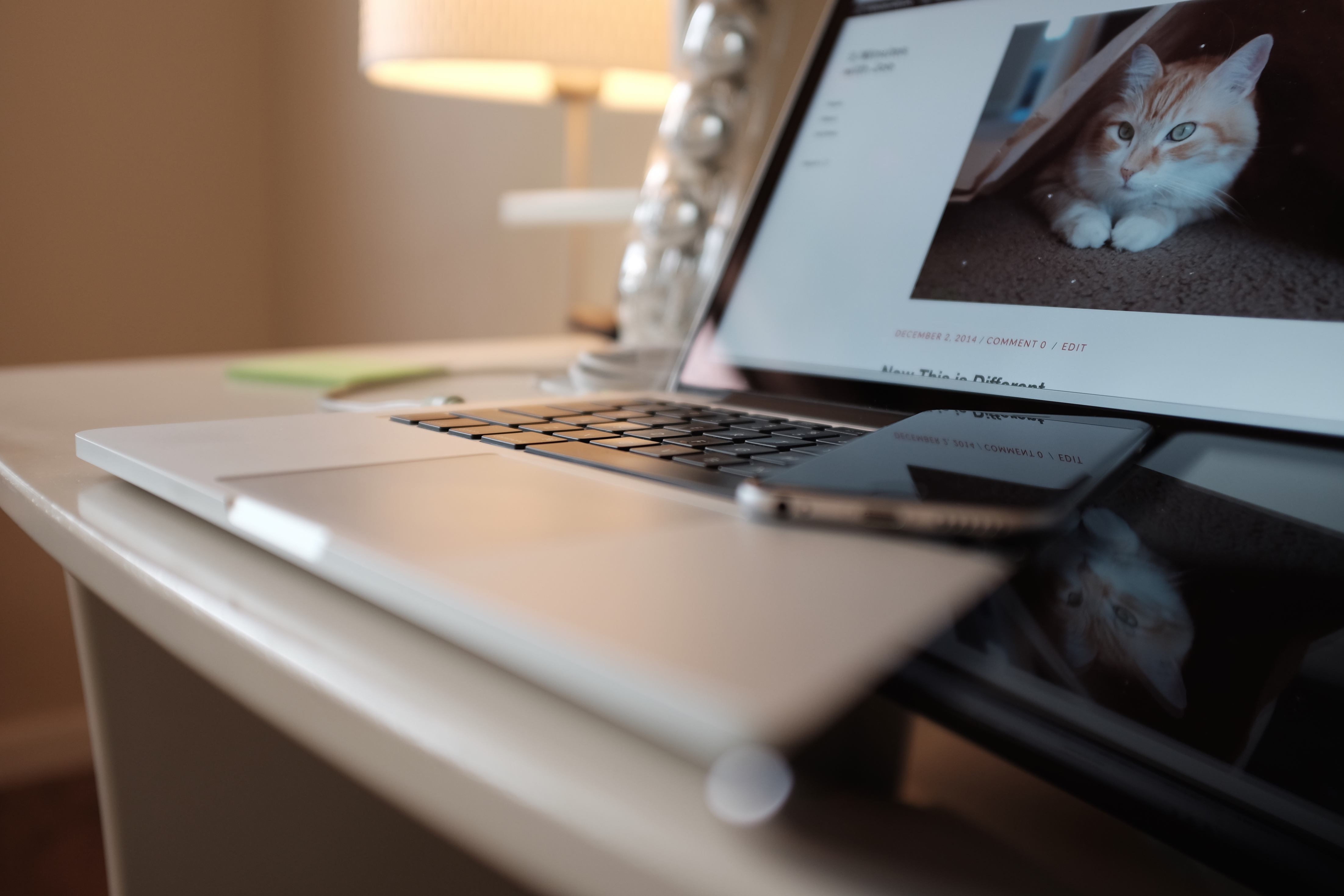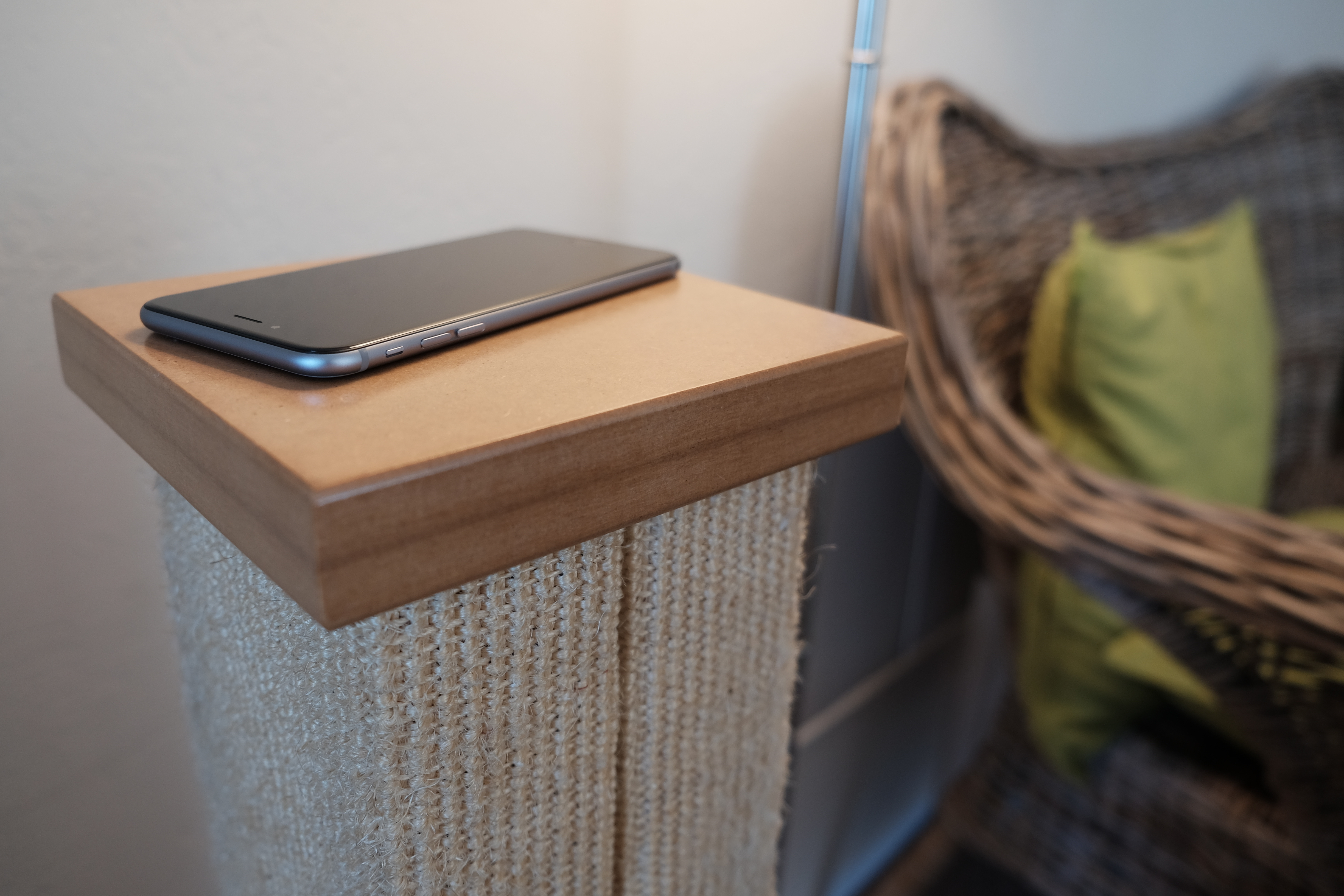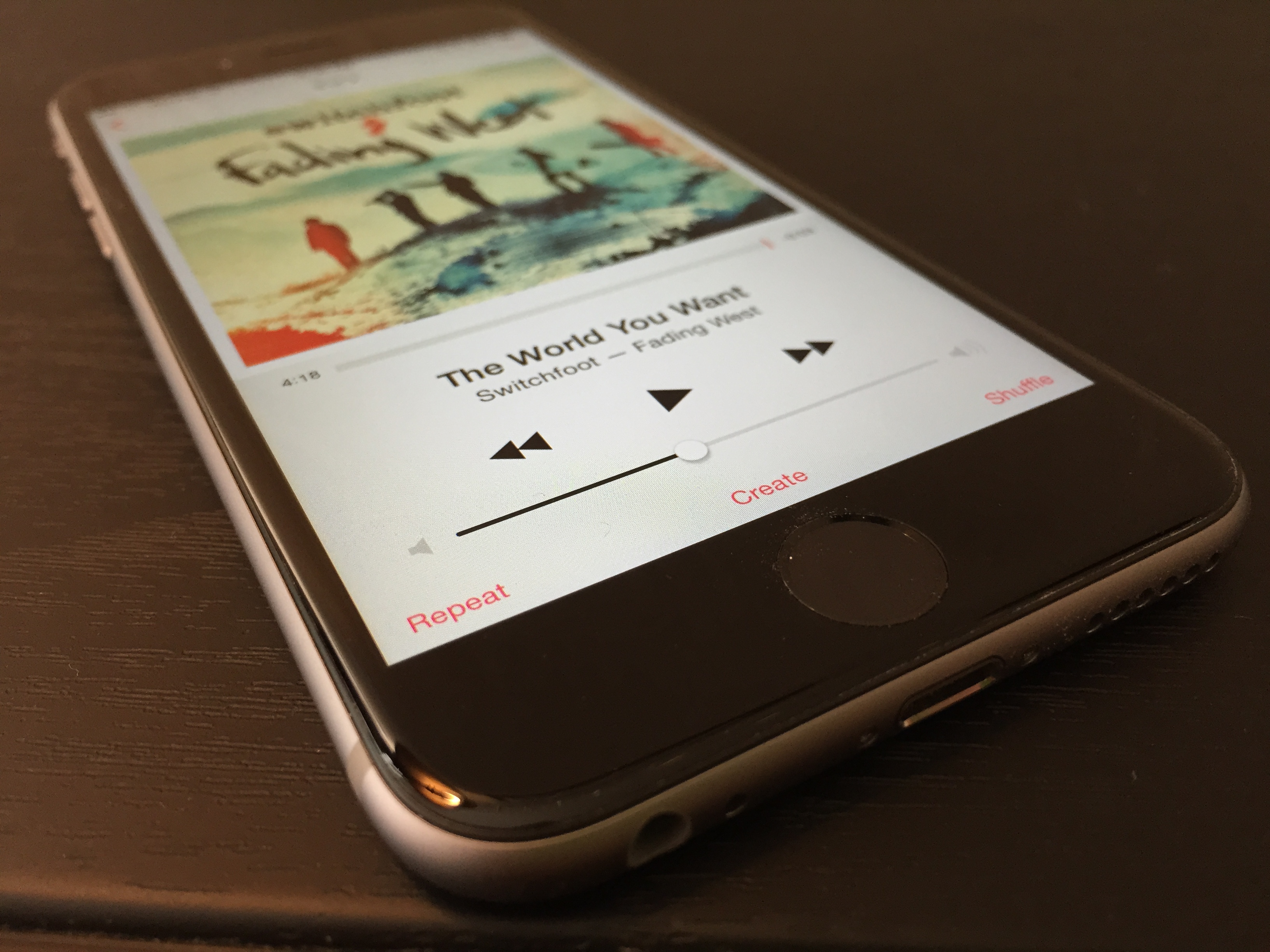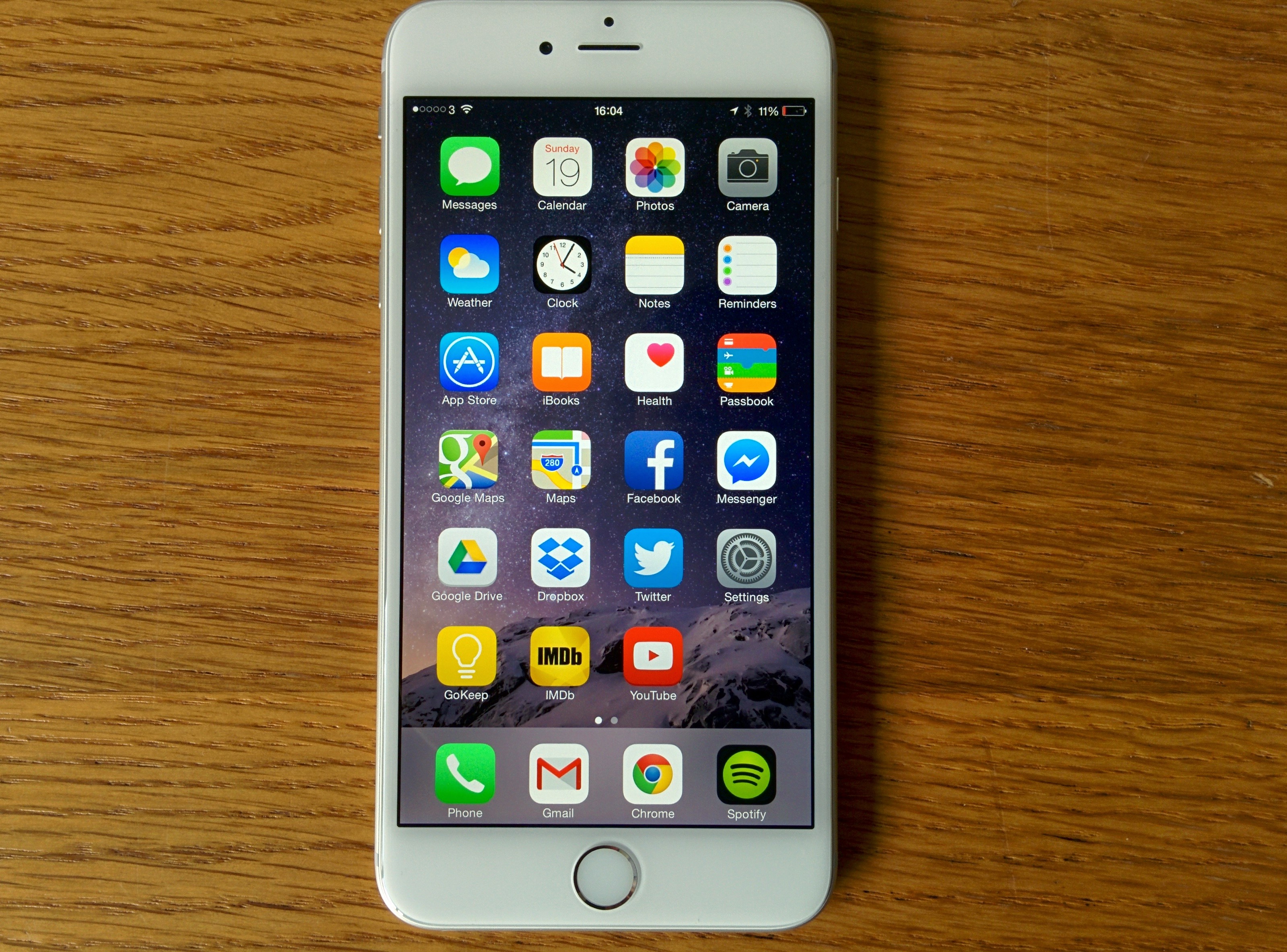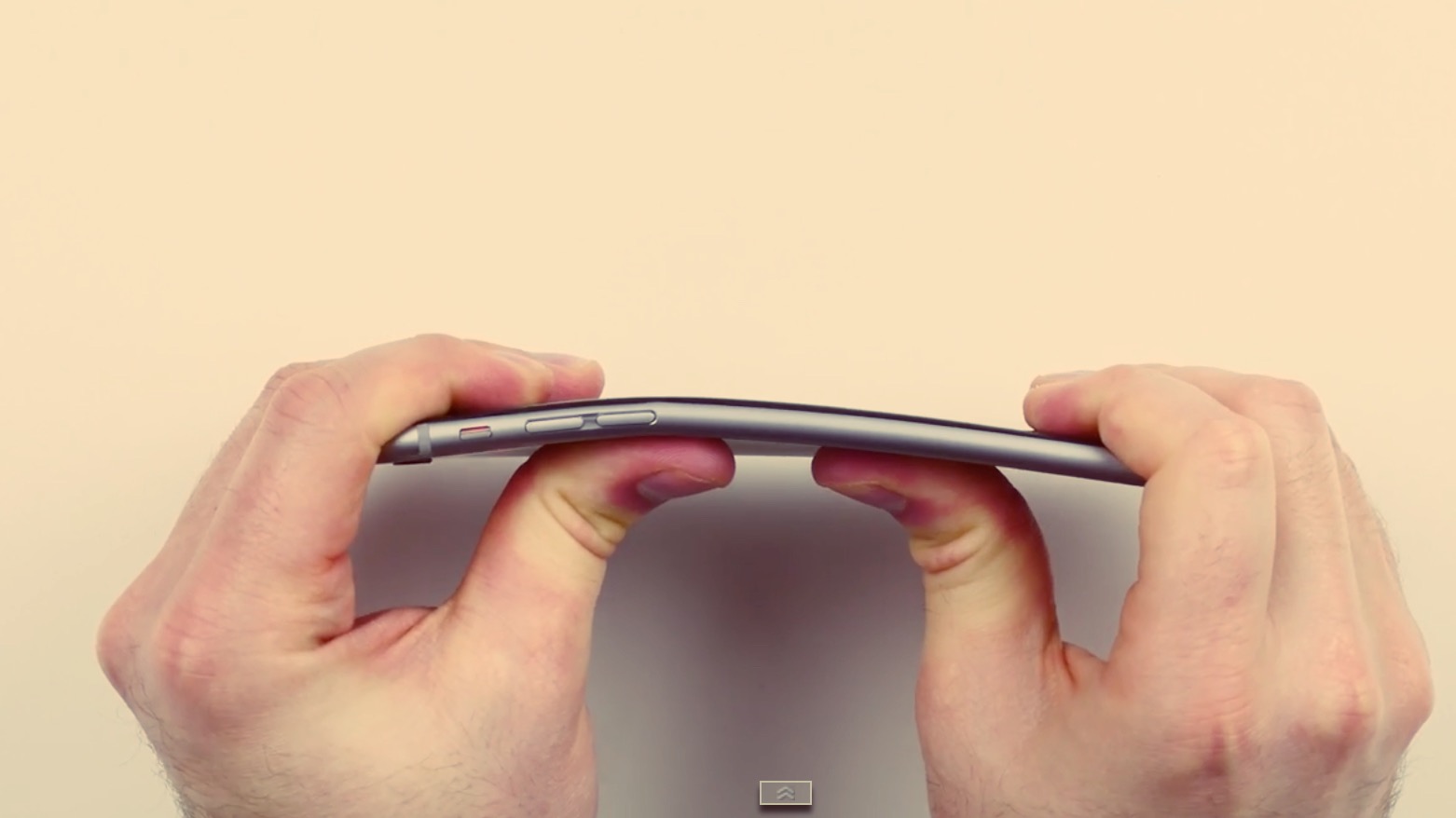To close out the month, and first half of the year, we connect the somewhat distant past with the not-so-far-off future. San Diego Comic Con returns July 21-24, 2022 with Preview Night on the 20th. The show floor, or break-out sessions, will look nothing like the Featured Image, taken seven years ago.
SDCC apparently didn’t get the memo that SARS-CoV-2 (severe acute respiratory syndrome Coronavirus 2)/COVID-19 is endemic and no longer pandemic. Locally, people move freely about without being required to wear masks, be tested, or verify vax status. Based on the official tally, the cumulative-calculated case fatality rate in San Diego County is 0.64 percent. Meaning: Your chance of surviving Coronavirus is better than 99 percent, while more than 85 percent of those infected likely show no symptoms.



